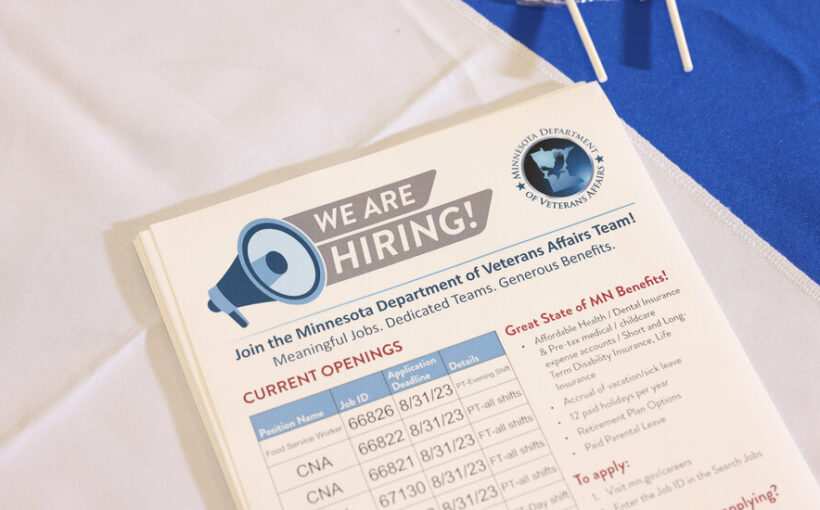The News
Job turnover decreased in June, the Labor Department reported on Tuesday, suggesting that the American labor market continues to slow down from its meteoric ascent after the pandemic lockdowns.
The Numbers
There were 9.6 million job openings in June 2023, roughly the same as a month earlier, according to the Job Openings and Labor Turnover Survey (JOLTS).
Employers have tightened the screws on hiring in recent months, with job openings falling to their lowest level since April 2021 as the economy responds to tightening monetary policy.
Rather than openings, the most notable changes in June were in hiring and quitting.
There were 5.9 million hires in June, down from 6.2 million in May.
The quits rate, a measure of workers’ confidence in the job market and bargaining power, decreased to 2.4 percent, from 2.6 percent in May and down from a record of 3 percent in April 2022.
The number of workers laid off was 1.5 million, about the same as in May.
Why It Matters: The economy moves closer to a ‘soft landing.’
Over the past 16 months, as they has sought to curb inflation and make sure the economy does not overheat, Federal Reserve policymakers have pursued the coveted “soft landing.” That means bringing down inflation to the Fed’s target of 2 percent by raising interest rates without causing a significant jump in unemployment, avoiding a recession.
The JOLTS report released on Tuesday provides more optimism that the Fed is approaching that soft landing, as demand for workers remains robust while tapering gradually. Inflation remains high by historical standards — at 3 percent, according to the latest data — but has eased substantially.
At the end of their last meeting on July 26, policymakers raised rates a quarter-point, and the Fed’s chair, Jerome H. Powell, said its staff economists were no longer projecting a recession for 2023. But Mr. Powell left the door open to further rate increases and said the economy still had “a long way to go” to 2 percent inflation.
Background: It’s been a good time to be a worker.
As the U.S. economy rapidly rose out of the Covid-19 recession in 2020, a powerful narrative built: “Nobody wants to work.” There was some truth to that hyperbole. Employers had a hard time finding workers, and workers reaped the rewards, quitting their jobs to find better-paying ones (and succeeding).
With quit rates falling in recent months, the so-called great resignation appears to be over, if not receding, and the continued downward trajectory of job openings implies that employers are less eager to fill staffing shortages.
Employers are not hiring with the fervor they were a few months ago, but they are not yet casting aside workers, who might not lose the gains they have achieved during the pandemic recovery.
What’s Next: The June jobs report lands on Friday.
The Labor Department will release the July employment report on Friday. The unemployment rate for June sat at 3.6 percent, a dip from 3.7 percent in May but higher than the 3.4 percent recorded in January and April, the lowest jobless rate since 1969.
June was the 30th consecutive month of gains in U.S. payrolls, as the economy added 209,000 jobs, and economists surveyed by Bloomberg expect the economy to have added another 200,000 jobs in July. Fed policymakers will be watching the report closely, but one more month’s data will arrive before they next convene Sept. 19-20.
Source: Read Full Article

